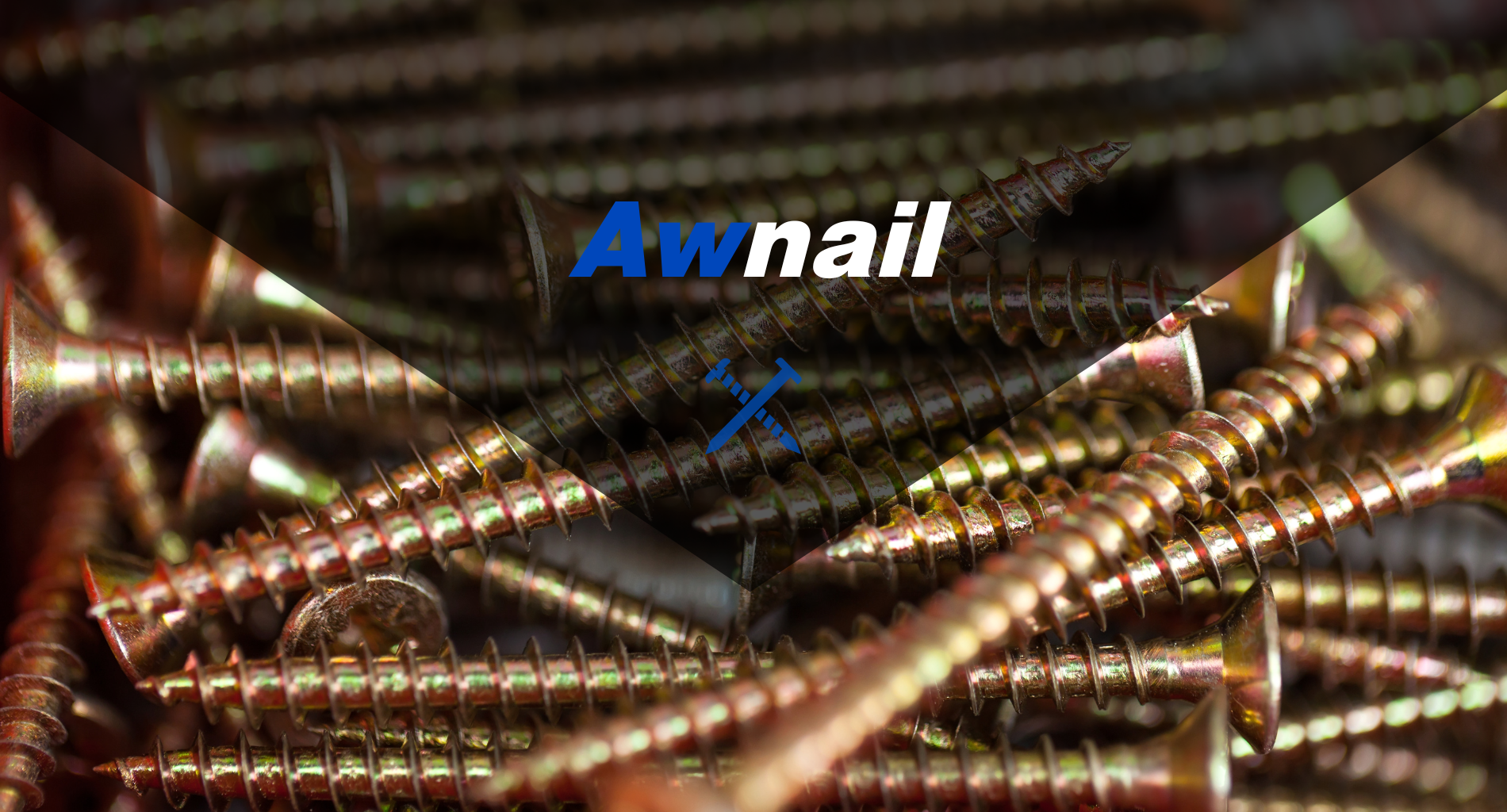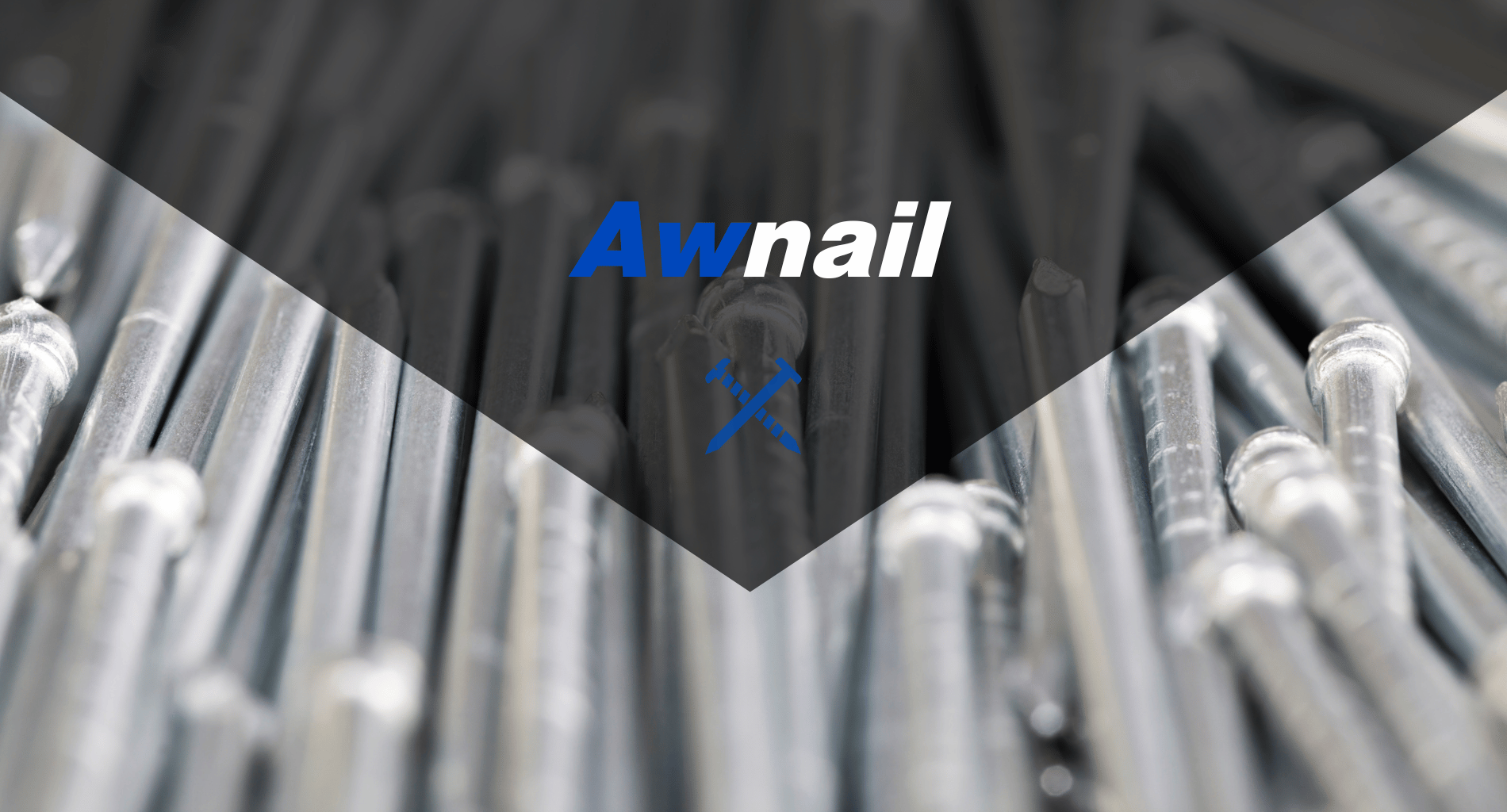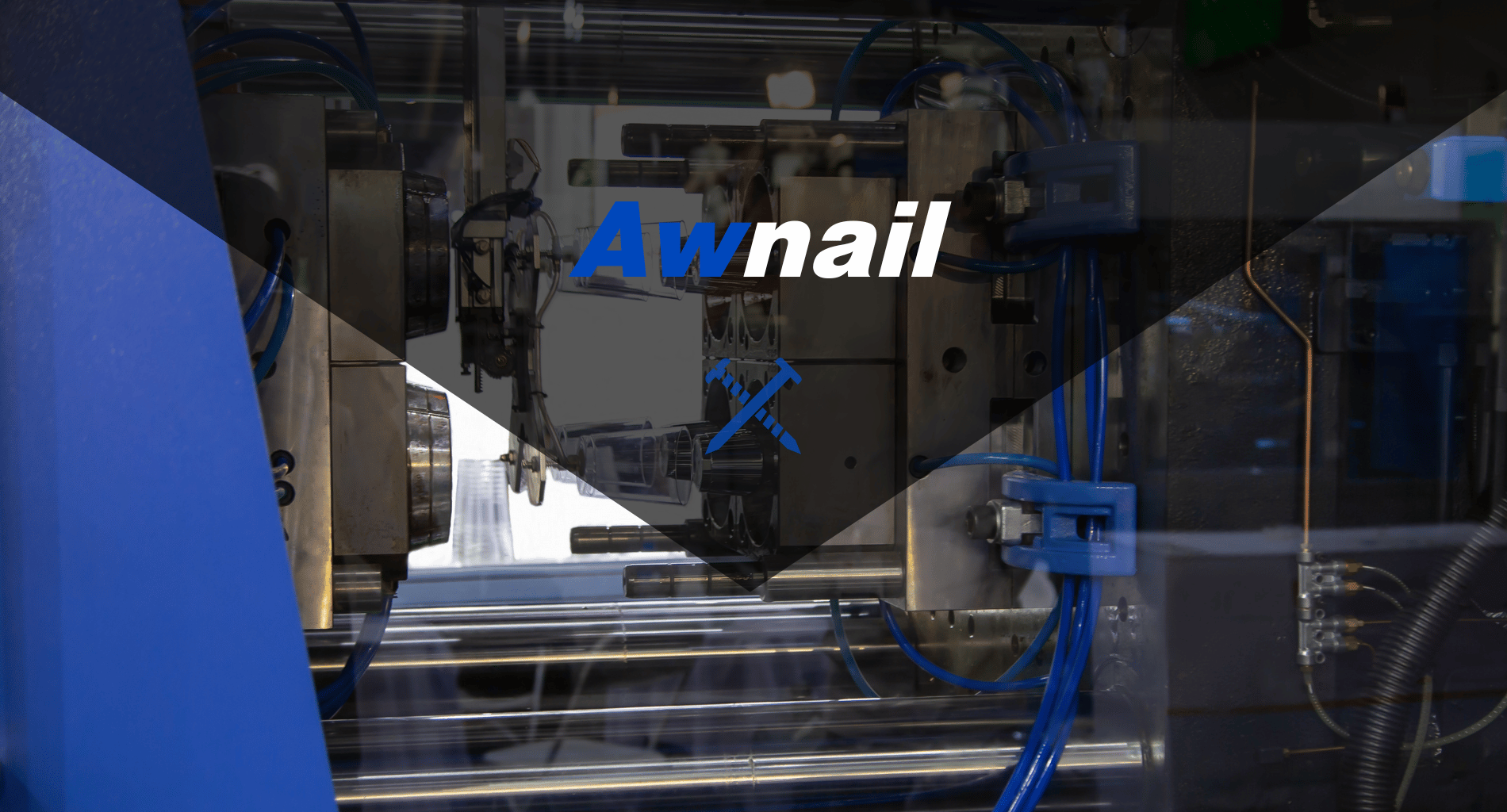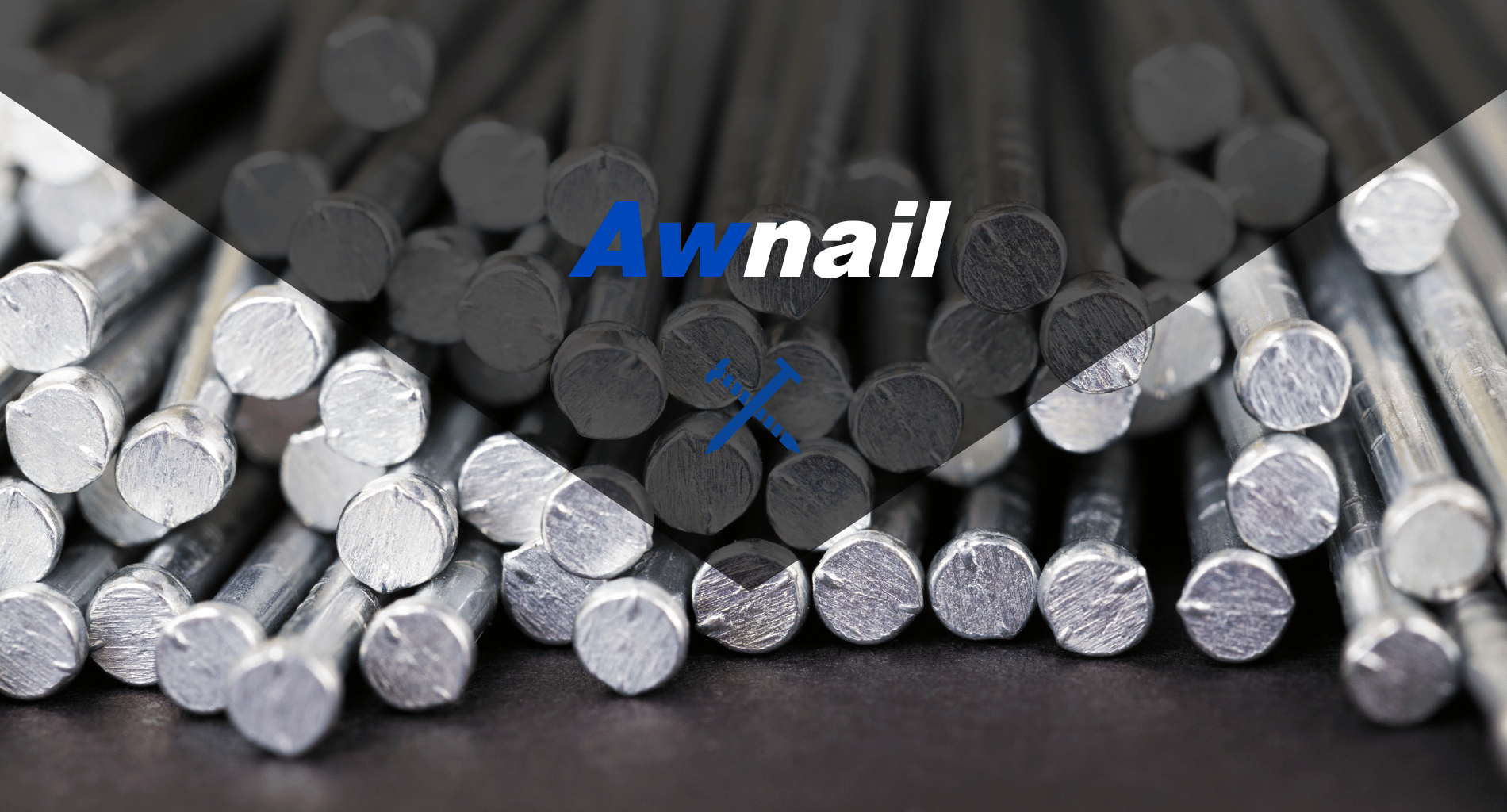Are you constantly seeking ways to enhance the efficiency and quality of thread rolling operations? In business transactions, mastering the art of thread rolling is not just a skill but a competitive necessity.
As an expert with years of hands-on experience in advanced thread rolling, my insights are grounded in practical application and continuous innovation, ensuring anyone receives current and impactful advice.
Here’s a sneak peek at 2 of the essential techniques that can transform thread rolling operations:
- Precision Alignment
- Optimized Speed Control
These strategies are important in boosting efficiency and accuracy, setting the foundation for excellence in all operations.
In this ultimate guide, we will explore these techniques in detail, along with 7 other essential practices that are critical for mastering advanced thread rolling.
Read on to transform every operation!
1. Precision Alignment
To begin the journey towards mastering advanced thread rolling operations, it’s crucial to know the cornerstone of quality and efficiency: Precision Alignment. Here are the keys to ensure alignment is accurate:
Proper Machine Setup
Start with a thorough inspection of the thread rolling machine to ensure it’s level and stable. As an expert, a stable base is fundamental for precise alignment. Utilize precision leveling tools to adjust the machine until it’s perfectly horizontal. This step minimizes vibrations and inconsistencies during operation.
Alignment of Rolling Dies
The alignment of rolling dies is critical. It is better to use calibrated measuring tools to check the parallelism and perpendicularity of the dies relative to the machine’s bed. Any misalignment, even by a fraction, can lead to flawed threads or increased wear on the dies. Regular checks and adjustments are essential to maintain accuracy.
Consistent Material Feeding
Uniformity in material feeding is important for consistent thread quality. Implement guided feeding mechanisms and ensure that the material enters the dies straight and at a consistent speed. This consistency in feeding prevents misalignment and irregularities in the thread pattern, leading to higher-quality outputs.
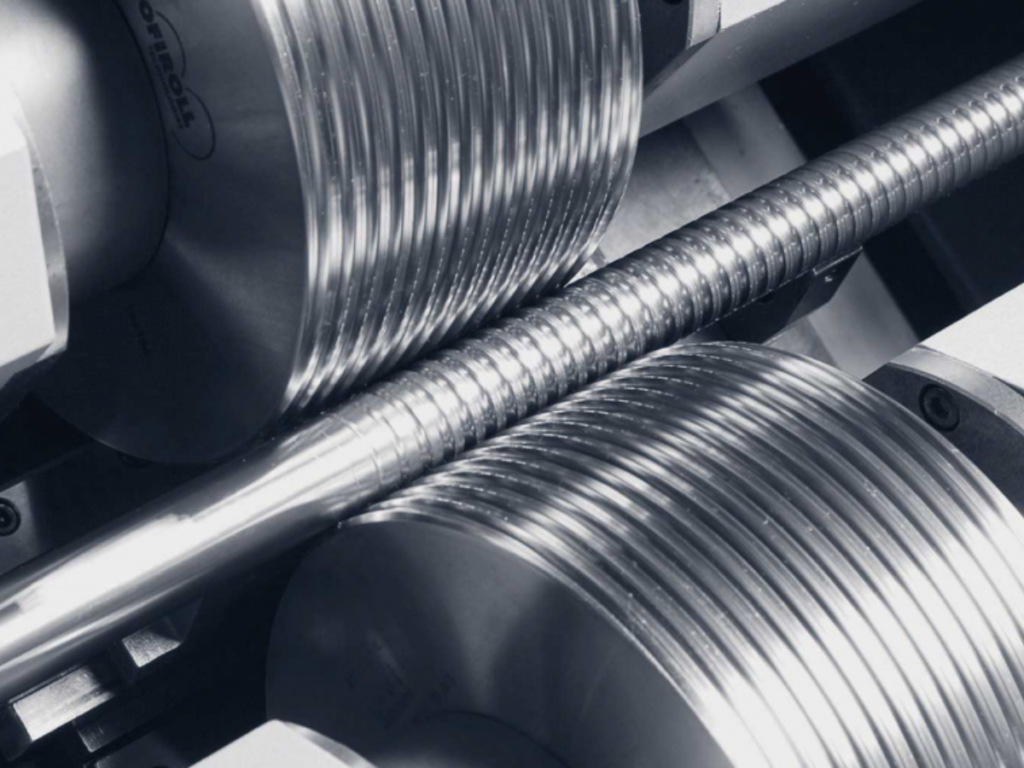
2. Optimized Speed Control
Following the crucial step of precision alignment, let’s delve into another essential aspect which is optimizing speed control. Let’s break down the key processes for this phase:
Determining the Ideal Speed Range
The first thing is to establish the optimal speed range for your specific operation. This involves considering the material type, thread size, and die characteristics. Awnail Nail making machines may require different speed settings compared to other machines, given their unique design and operational parameters. Experiment at different speeds to find the balance where quality and efficiency intersect.
Real-time Speed Monitoring
Implement a real-time speed machine monitoring system. Use sensors and digital readouts to keep a constant eye on the machine’s speed. This allows for immediate adjustments, ensuring that the machine operates within the ideal speed range at all times. Consistent speed is key to maintaining thread quality and preventing damage to the dies and material.
Automated Speed Adjustments
Where possible, integrate automated speed control systems. These systems can dynamically adjust the speed based on feedback from sensors, ensuring optimal performance regardless of variations in material properties or environmental factors. Automation not only enhances precision but also reduces the workload on operators, allowing them to focus on other critical aspects of the operation.
3. Material-Specific Adjustments
Having addressed optimized speed control, next is material-specific adjustments, a critical factor in advanced thread rolling operations. To ensure optimal performance and output quality, see the following strategies:
Understanding Material Properties
Different materials react uniquely under pressure and heat generated during thread rolling. It’s crucial to understand the properties of the material you’re working with, such as hardness, ductility, and tensile strength. The materials used in some nail making machines may require specific adjustments due to their unique composition.
Adjusting Die Profiles and Pressure
Depending on the material, adjust the die profiles and the applied pressure. Softer materials might require less pressure and a different die profile compared to harder materials. It is important to regularly review and modify these settings to match the material being processed, ensuring that the threads are formed accurately without causing undue stress or damage to the material.
Regular Calibration and Maintenance
The temperature can significantly affect the thread rolling process, especially for materials sensitive to heat. Implementing precise temperature control, either through cooling systems or controlled heating, can prevent material warping or cracking. This is particularly important for materials that undergo significant thermal expansion or contraction.
The table below outlines the importance of these practices, focusing on temperature management and its impact on material properties during thread rolling.
| Maintenance Aspect | Method | Impact on Thread Rolling Process |
| Temperature Control | Utilize cooling systems or controlled heating to maintain optimal material temperature. | Prevents Warping/Cracking: Ensures that materials maintain their integrity during processing, especially important for those sensitive to thermal expansion or contraction. |
| Regular Calibration | Calibrate thread rolling machines to ensure accurate force application and alignment. | Accuracy and Precision: Guarantees that threads are produced to exact specifications, reducing the risk of defects. |
| Maintenance Checks | Conduct routine inspections and maintenance on thread rolling machines and temperature control systems. | Operational Efficiency: Identifies and resolves potential issues before they impact production, maintaining high-quality output. |
| Material Handling | Implement procedures for handling materials before and during the thread rolling process to minimize temperature fluctuations. | Material Quality: Protects the physical properties of the material by preventing undue thermal stress. |
| Environmental Monitoring | Monitor workshop temperature and humidity levels to ensure they are within optimal ranges for thread rolling. | Consistent Production Conditions: Maintains a stable production environment, reducing the likelihood of material and process variability. |
| Tooling Inspection | Regularly inspect and replace thread rolling dies and other tooling to prevent heat buildup and wear. | Tool Longevity and Performance: Ensures tools are in optimal condition, reducing the chance of heat-related damage to both the tool and workpiece. |
| Process Optimization | Continuously review and adjust the thread rolling process parameters, including temperature settings, based on material feedback. | Adaptability: Allows for real-time adjustments to accommodate different material sensitivities, improving overall product quality. |
| Training and Awareness | Train operators on the importance of temperature control and the effects of temperature variations on materials. | Skilled Workforce: Empowers operators to make informed decisions about temperature management, enhancing the thread rolling process’s effectiveness. |
4. Die Matching and Customization
Transitioning from material-specific adjustments, another main area in thread rolling is die matching and customization. Here are some important things to remember:
Selecting the Right Die Material
Choosing the appropriate die material is crucial for both longevity and performance. The material should complement the type of metal being processed. For example, selecting a die material that can withstand the specific stresses and wear patterns of the nails being produced is essential for consistent quality and efficiency.
Customizing Die Profiles
Customizing the die profiles according to the thread specifications is critical. This involves shaping the dies to match the desired thread pattern and depth accurately. Customization ensures that each thread is formed precisely, reducing the risk of defects and improving the overall quality of the finished product.
Symmetry Checks
Regularly check the alignment and symmetry of the dies. Misalignment can lead to uneven wear and poor-quality threads. It is a must to always ensure that the dies are perfectly aligned with each other and symmetrically adjusted to the material being rolled. This precision is key to maintaining high standards in thread rolling operations.
5. Temperature Regulation
After die matching and customization, the next crucial element in thread rolling operations is temperature regulation. Let’s see how to effectively regulate temperature in thread rolling machines:
Implementing Cooling Systems
For high-speed operations or with materials prone to heat generation, implementing cooling systems is essential. These systems prevent overheating of both the material and the dies, preserving their integrity and ensuring consistent thread quality. Effective cooling also extends the lifespan of the machine components.
Monitoring and Controlling Ambient Temperature
The ambient temperature in the operating environment can impact thread rolling. It’s essential to maintain a stable room temperature to prevent material expansion or contraction during processing. Awnail offers thread rolling machines that are designed to operate efficiently in a range of environmental conditions, making them versatile for different settings.
Heat Treatments for Materials
In some cases, pre-heating or post-heating treatments of the material can enhance the thread rolling process. Such treatments can improve material malleability, making it easier to form precise threads. It’s crucial to control these temperatures accurately to avoid compromising the material’s structural integrity.
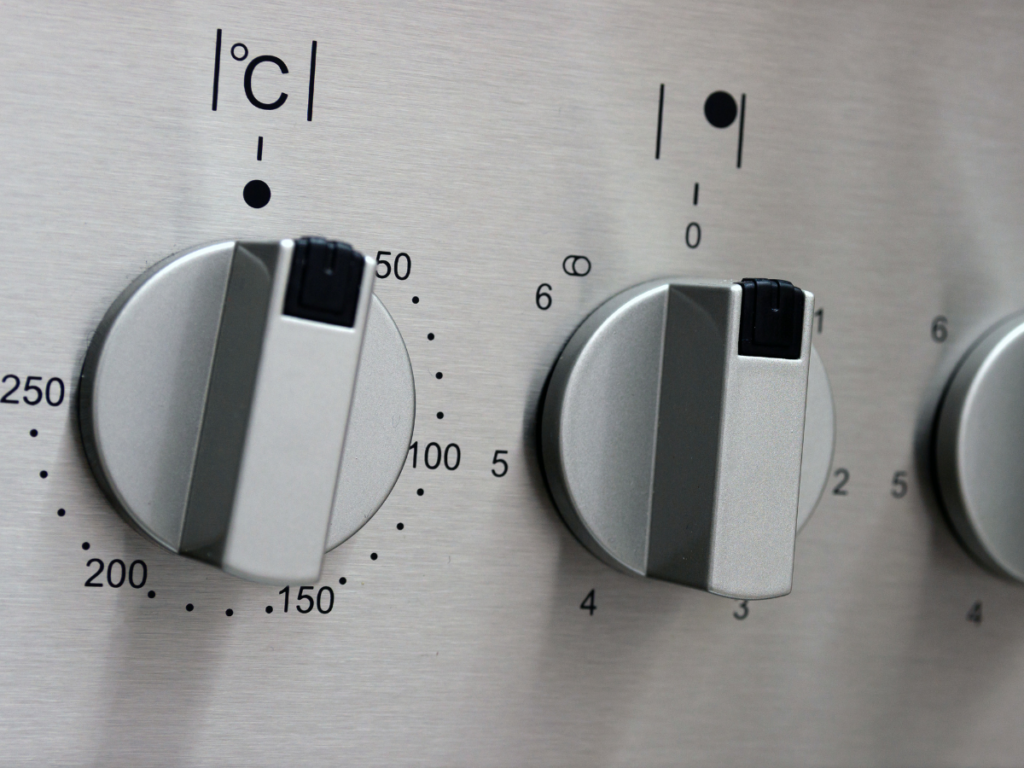
6. Pressure Fine-Tuning
Following the crucial role of temperature regulation, let’s move on to pressure fine-tuning. This process is essential for achieving the ideal thread formation and preventing damage. Here are some to take note of:
Establishing Baseline Pressure Settings
This starts by establishing baseline pressure settings for different materials and thread specifications. This involves setting a starting pressure that’s commonly effective for a given material type and then making adjustments as needed. For instance, softer materials typically require less pressure compared to harder ones.
Real-Time Adjustment During Operation
Monitor and adjust pressure in real-time during operation. This dynamic approach allows for immediate corrections if the material shows signs of stress or if the thread quality is not up to standard. For example, if threads are forming too shallowly, slightly increasing the pressure can often resolve the issue.
Regularly Review Pressure Wear Patterns
Regularly review the wear patterns on the dies and material. These patterns can indicate whether the pressure is too high or too low. I have seen excessive wear might suggest too much pressure, while insufficient thread depth could indicate not enough pressure. Adjustments should be made to find the perfect balance.
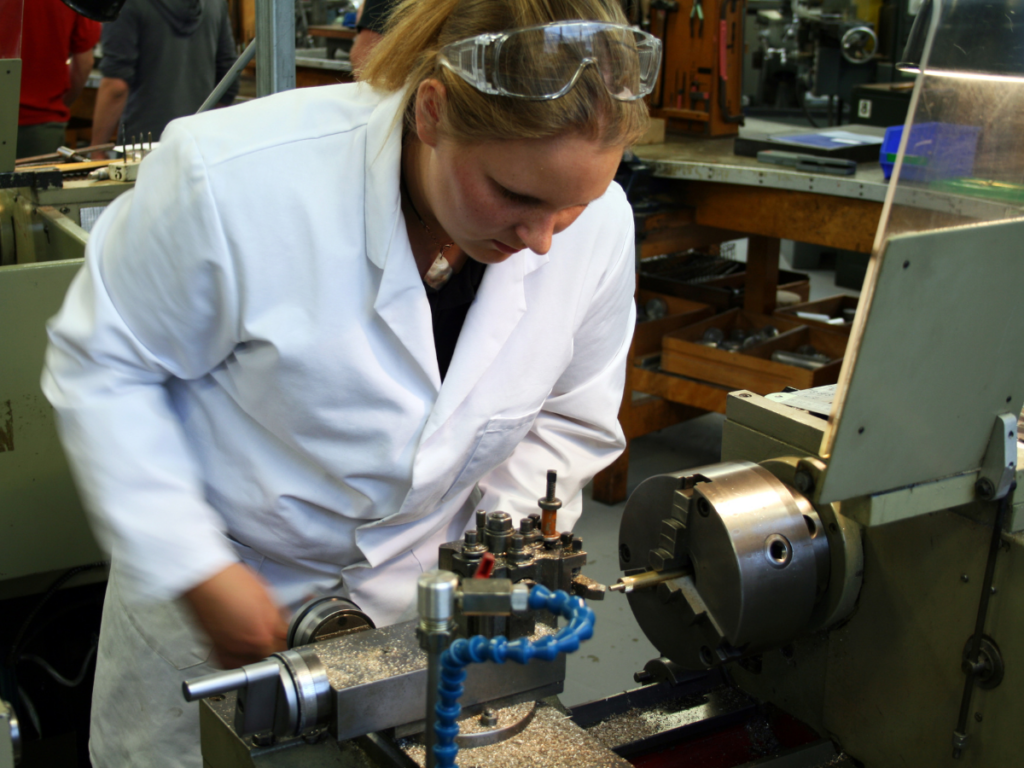
7. Advanced Lubrication Techniques
As we transition from pressure fine-tuning, another critical factor in thread rolling operations is the application of advanced lubrication techniques. Keep in mind the following key aspects:
Selecting the Right Lubricant
Choose a lubricant that is compatible with both the material being processed and the machine itself. Different materials may require different types of lubricants based on their properties and the heat generated during rolling. For example, high-viscosity lubricant oils might be ideal for tougher materials to reduce friction and wear.
Consistent Application
Ensure a consistent and adequate application of lubricant during the thread rolling process. This can be achieved through automated lubrication systems that evenly distribute the lubricant across the dies and workpiece. Consistent lubrication prevents material sticking and dies wear, contributing to smoother thread finishes.
Regular Maintenance of Lubrication Systems
Regularly maintain and inspect lubrication systems to ensure they are functioning optimally. This includes checking for blockages, and leaks, and ensuring the lubricant is being applied at the correct intervals and quantities. Proper maintenance prevents malfunctions and ensures the longevity of both the lubrication system and the thread rolling machine.
8. Thread Pitch Accuracy
Moving from advanced lubrication techniques, another key element in thread rolling is ensuring thread pitch accuracy. Take note of these essential practices:
Precise Die Fabrication
The accuracy of thread pitch starts with the precision of the die fabrication. Dies must be crafted with exact measurements to match the desired thread pitch. For instance, a die used for fine-threaded components in precision instruments requires extremely accurate machining to achieve the necessary thread pitch.
Regular Calibration of Equipment
Ensure regular calibration of the thread rolling equipment. This involves checking and adjusting the machine settings to maintain accuracy over time. Calibrations should be frequent enough to account for any wear and tear that might affect the thread pitch.
Quality Control Checks
Implement strict quality control checks throughout the production process. Use precise measuring tools to inspect the thread pitch of produced parts regularly. I have seen that early detection of discrepancies allows for quick adjustments, ensuring consistent thread pitch accuracy in all products.
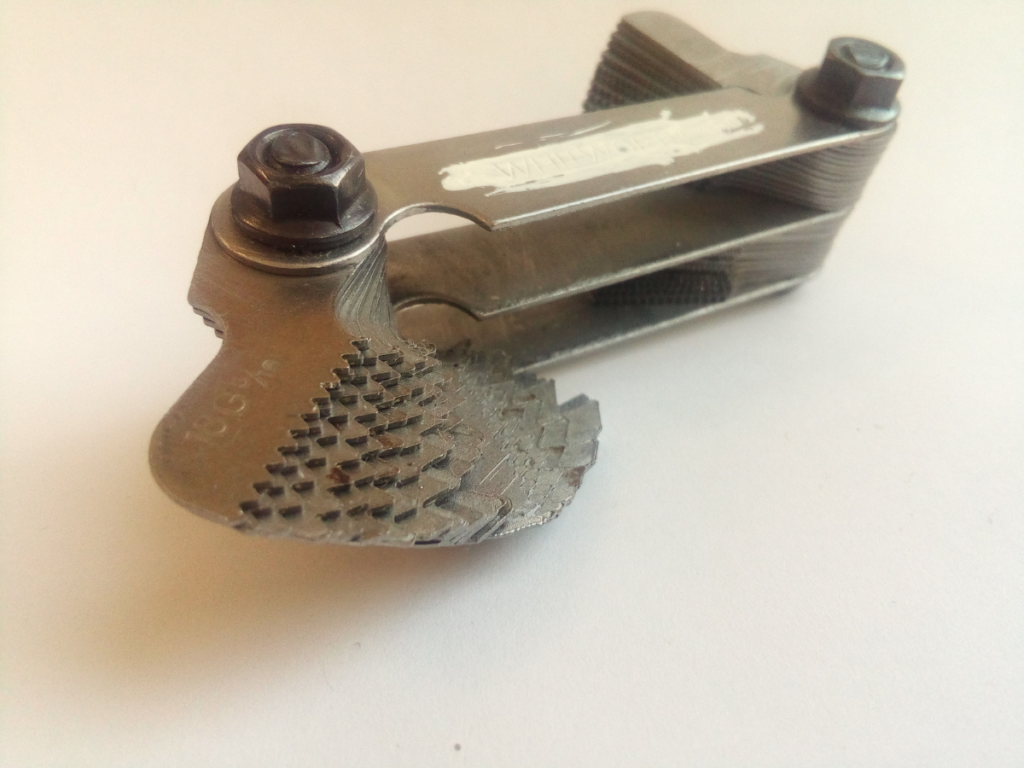
9. Automated Feedback Systems
Following the emphasis on thread pitch accuracy, the integration of automated feedback systems is a game-changer in enhancing thread rolling operations. Here are some helpful ways:
Real-Time Monitoring and Adjustments
Automated feedback systems offer the advantage of monitoring operations in real time. They can detect variations in parameters like pressure, speed, and thread pitch, and automatically adjust the machine settings to correct these variations. This continuous monitoring ensures consistent quality and reduces the need for manual intervention.
Data Analysis for Process Improvement
These systems collect a wealth of data during the thread rolling process. By analyzing this data, anyone can identify patterns, pinpoint inefficiencies, and make informed decisions about process improvements. This data-driven approach leads to enhanced productivity and quality over time.
Predictive Maintenance Alerts
Automated feedback systems can also predict maintenance needs. By monitoring the condition of the machine and its components, the system can alert operators to potential issues before they lead to downtime. This proactive approach to maintenance keeps the machines running smoothly and extends their lifespan.
Dive Deeper Into Our Resources
For some insightful reads, we’ve curated a list of recommended articles just for you:
- A Comprehensive Step-by-Step Guide to Operating Thread Rolling Machines
- How To Start a Nail Manufacturing Business?
Still haven’t found what you’re looking for? Don’t hesitate to contact us. We’re available around the clock to assist you.
Conclusion
Mastering these 9 essential techniques will significantly enhance the precision and efficiency of your thread rolling operations, positioning the business as a leader in quality manufacturing. This guide is a blueprint to achieving excellence in every thread rolled.
For those ready to take their thread rolling capabilities to the next level, Awnail is your ideal partner. To discover how our expertise and solutions can transform your operations, contact us now!

